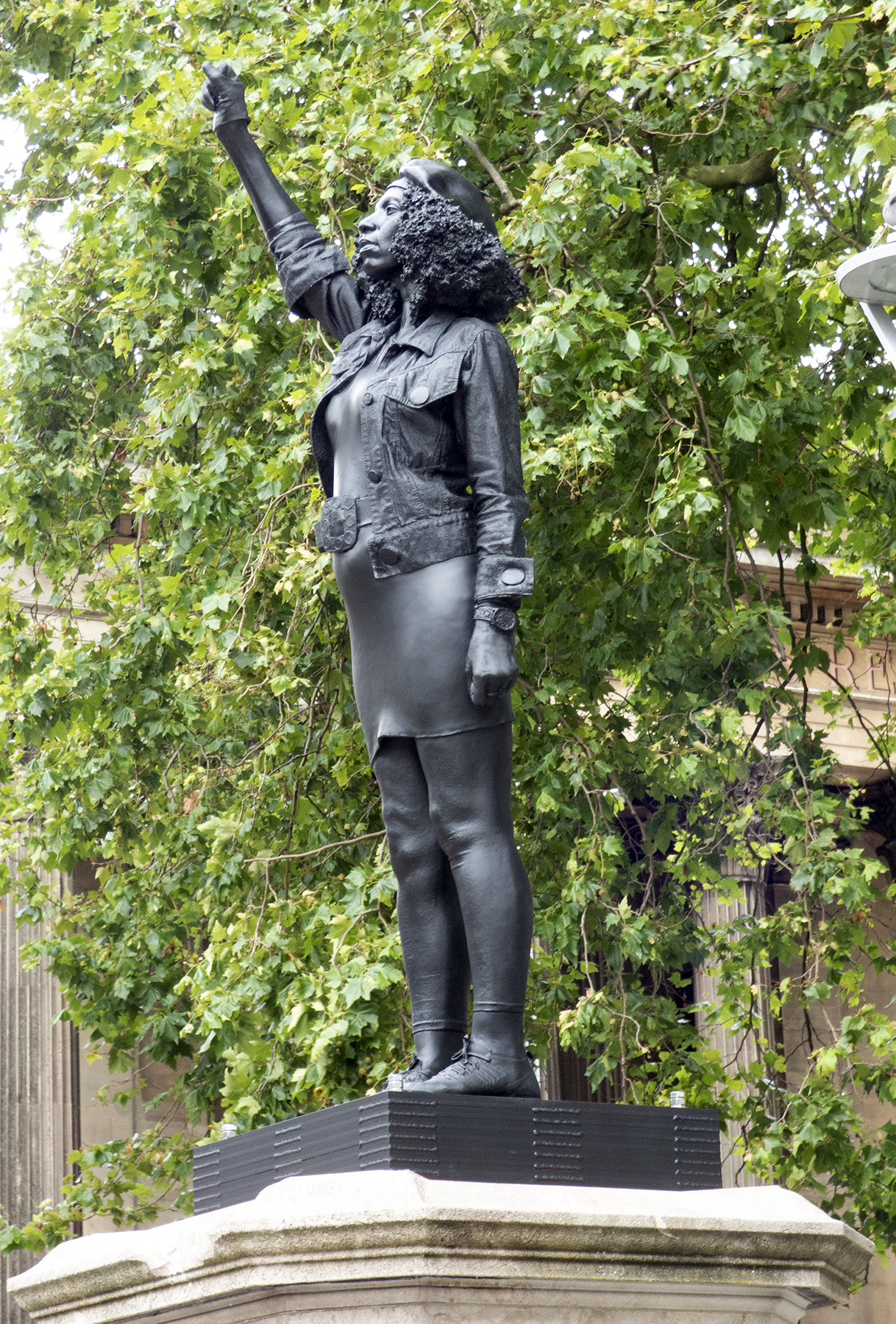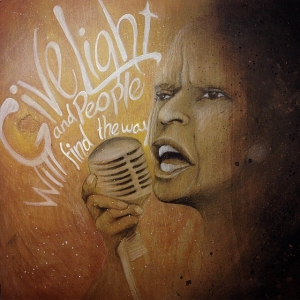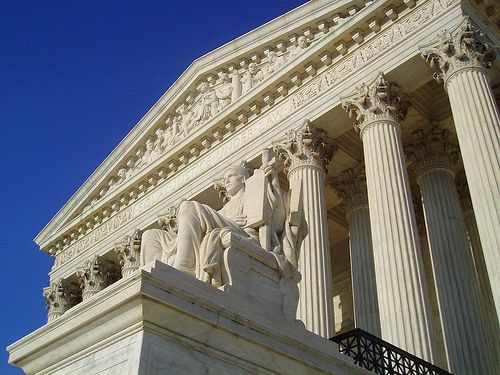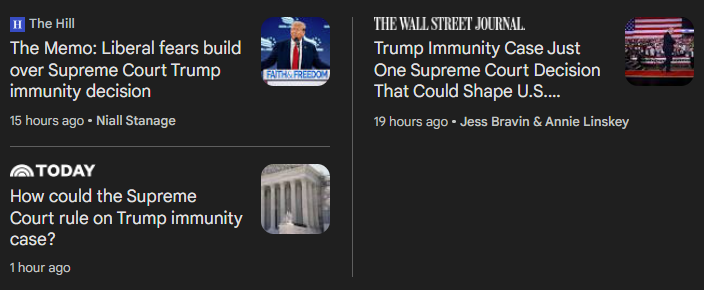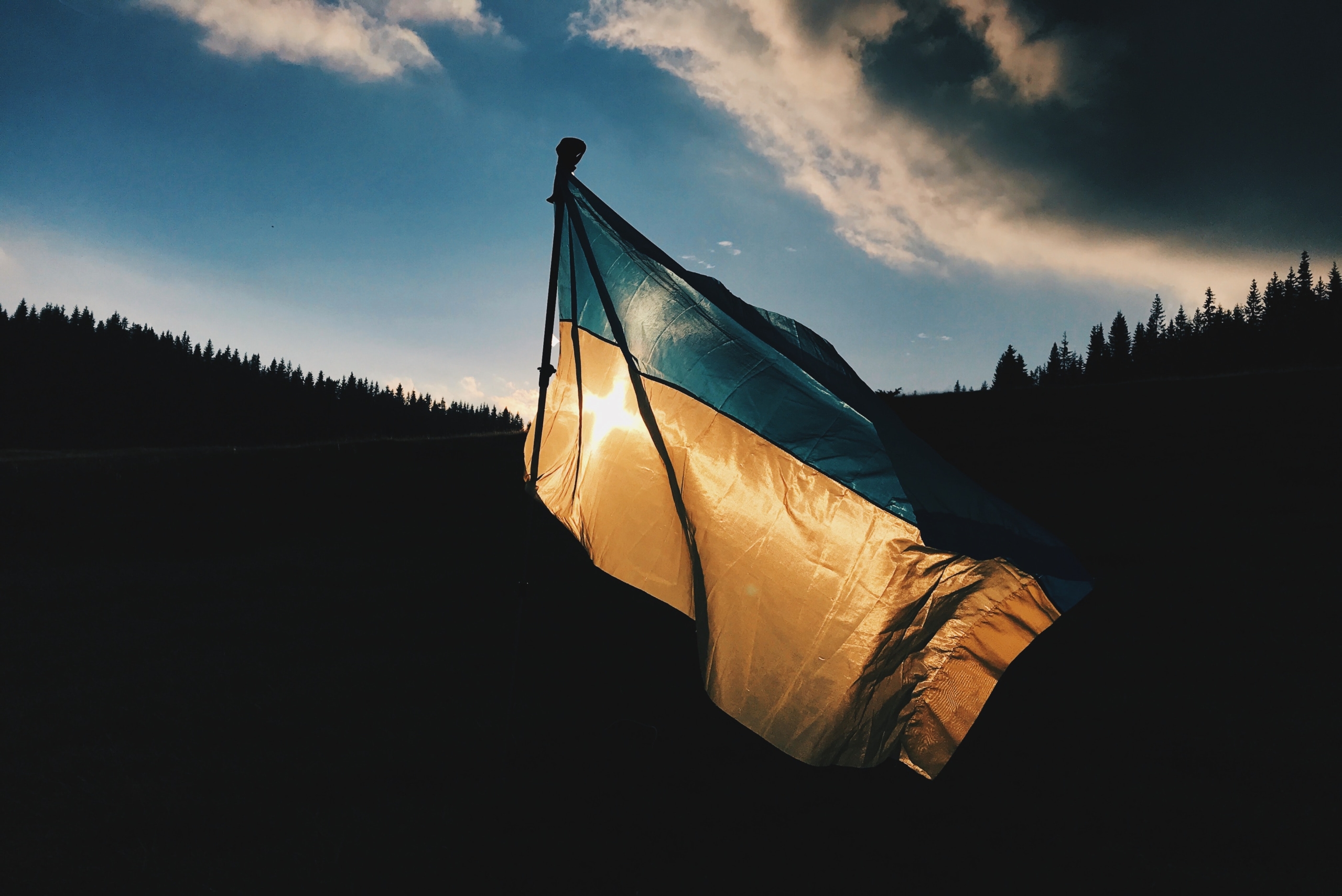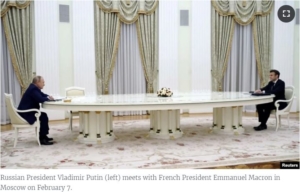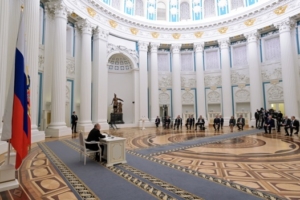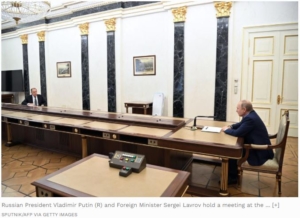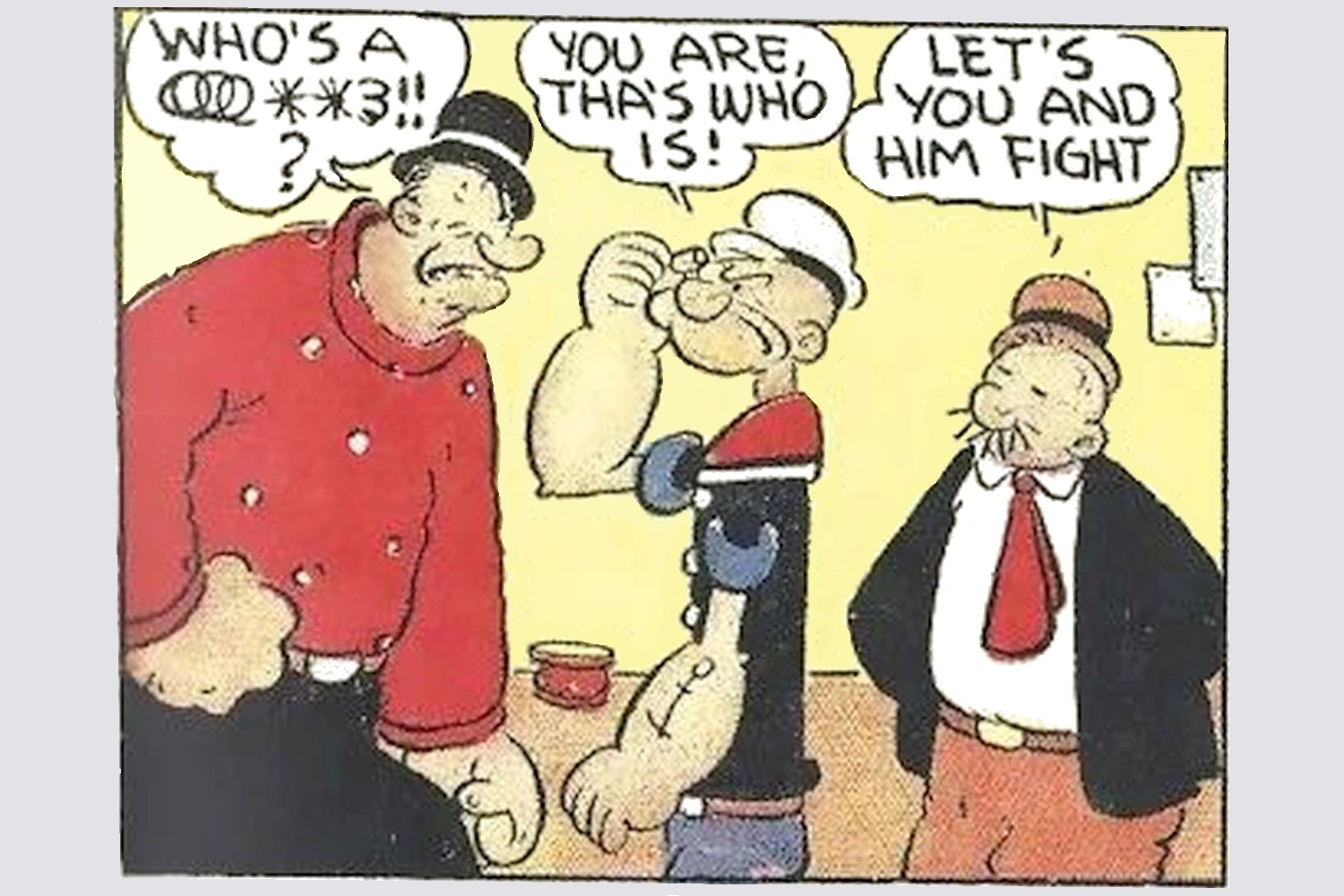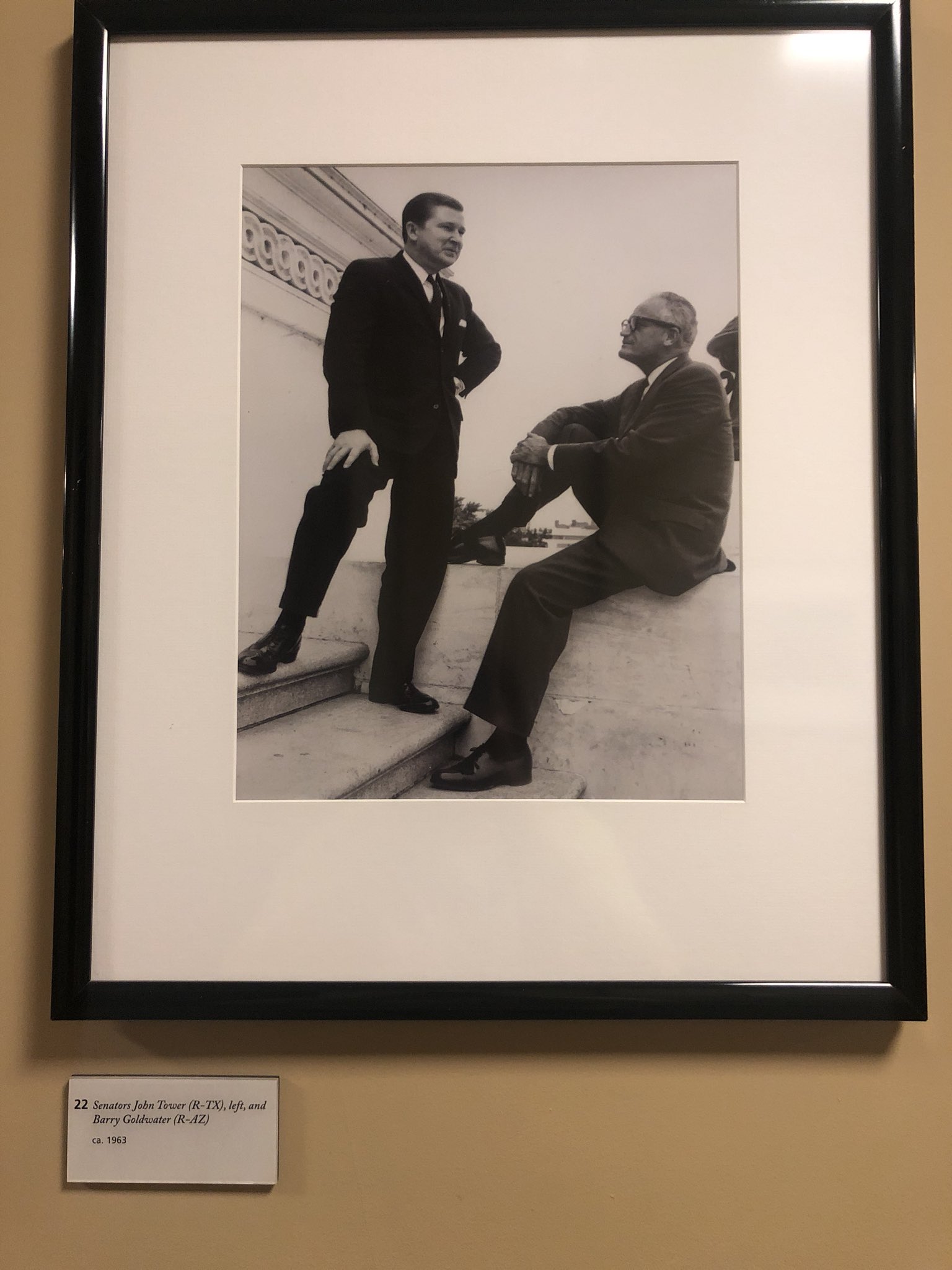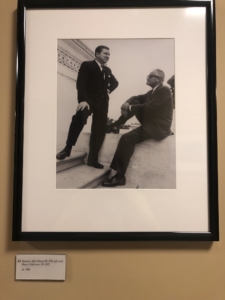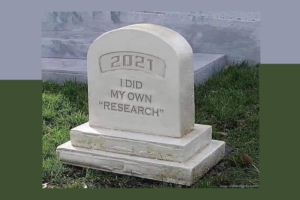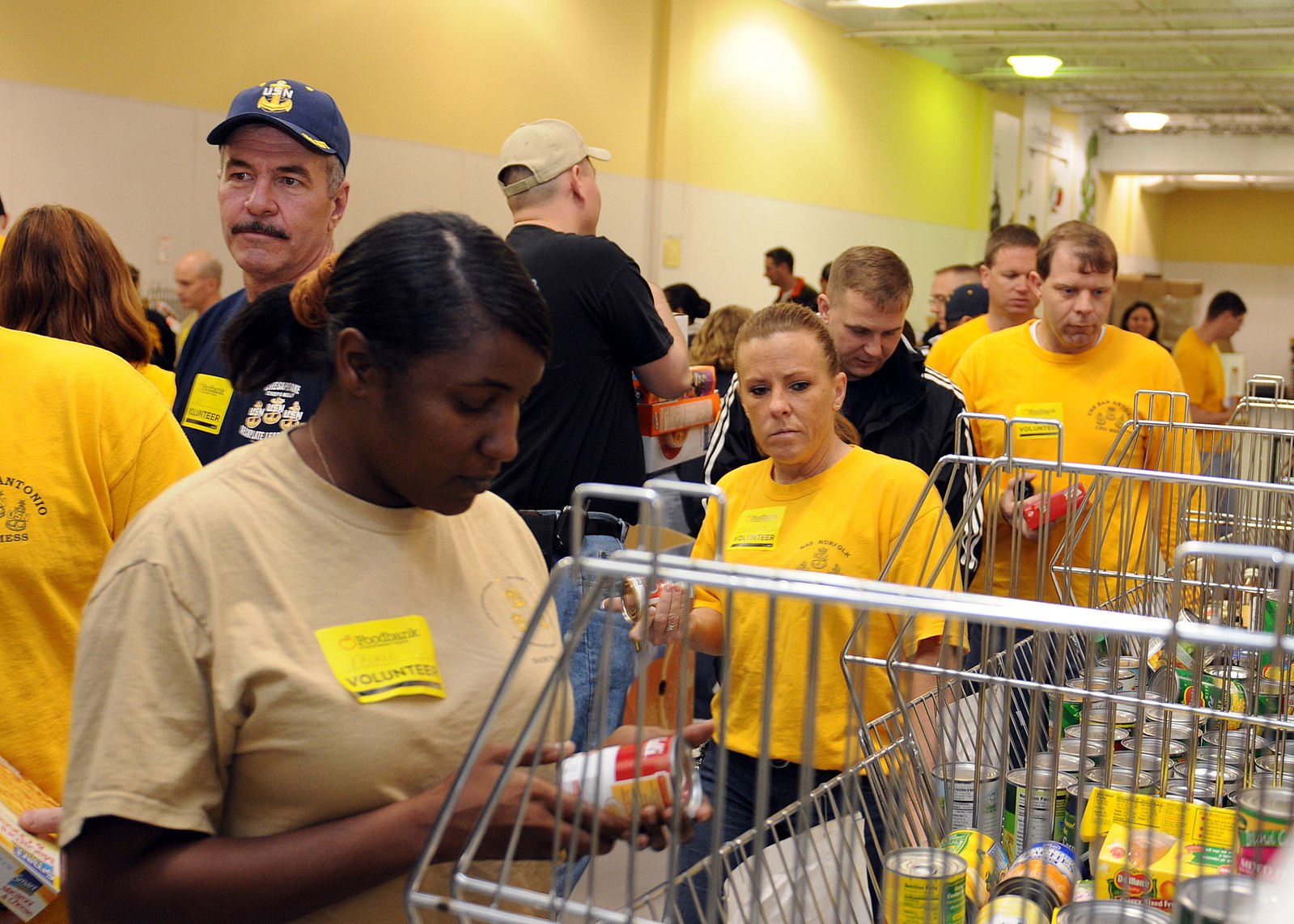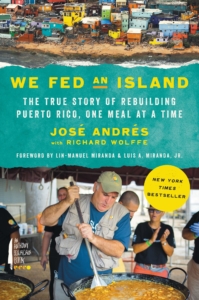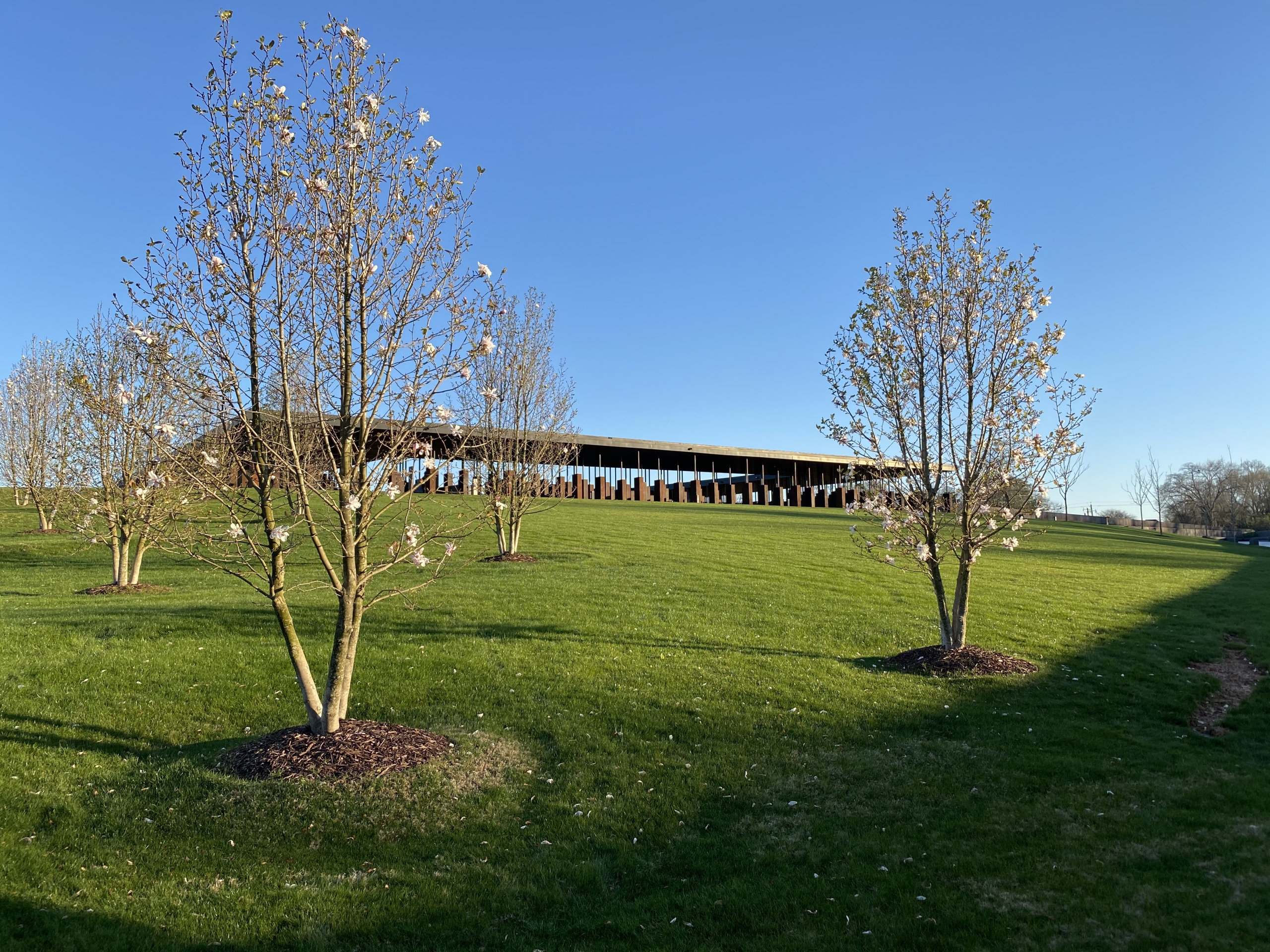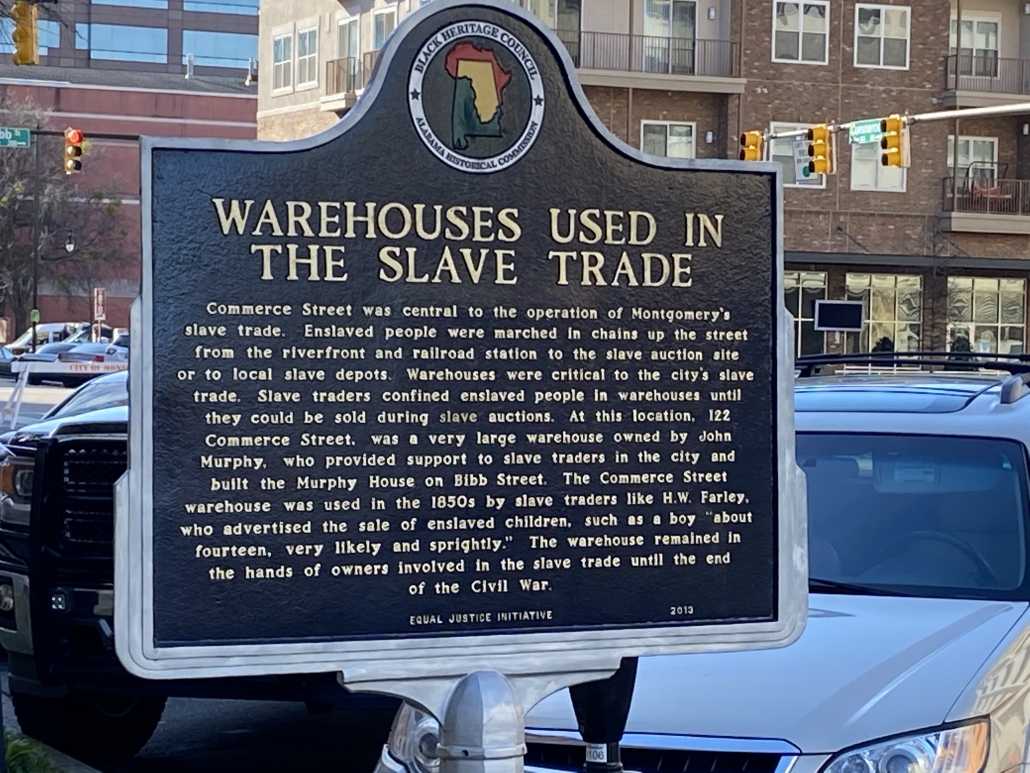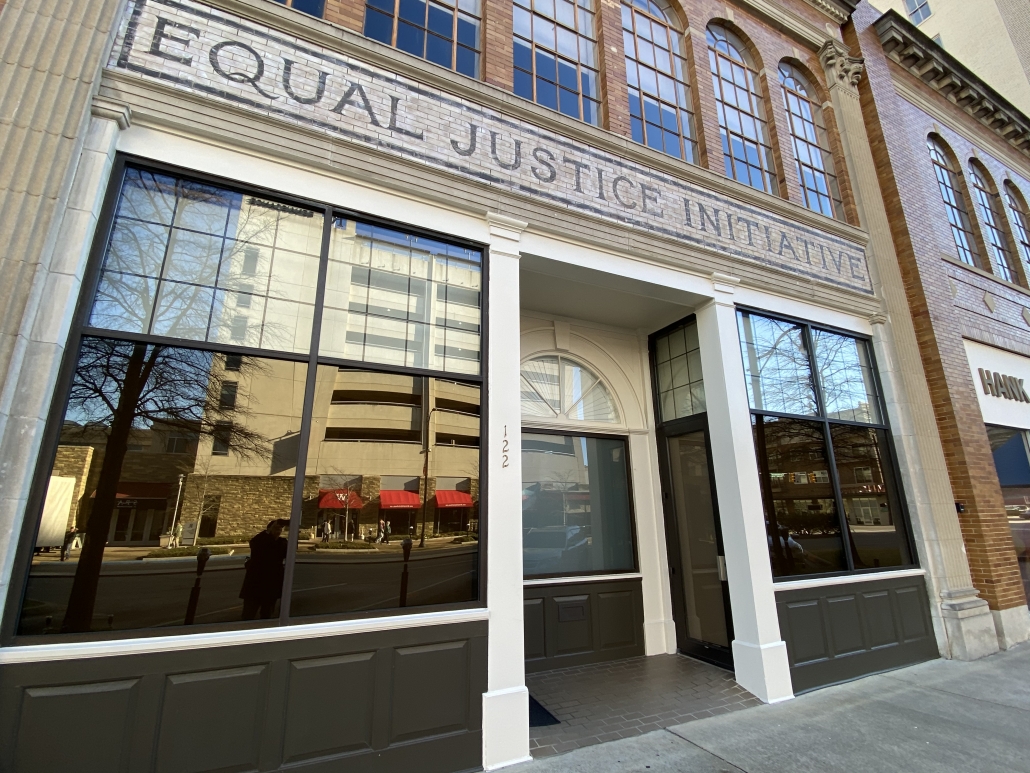Lessons from Red States on How to Push Back
The comments on Marcy’s post yesterday telling folks to go stare at the ocean to get their heads in a better place, instead of becoming paralyzed and stuck in the face of last weeks election, make it clear that she struck a nerve with how folks are feeling 10 days after the election. I’ve had a bunch of face-to-face conversations with friends and parishioners on both sides of the Missouri/Kansas state line, encouraging much the same kind of self-care. But once your head is clear, then what?
Why, then it’s time for some good troublemaking, and if you want to know about making good trouble while at a serious political disadvantage, let me tell you a couple of stories from ruby red Missouri and her not-quite-so-ruby-red sister Kansas.
Back in 2019, the Kansas Supreme Court ruled that the state constitution’s declaration of fundamental rights includes the rights of women to control their own bodies, including the right to an abortion:
We conclude that, through the language in section 1, the state’s founders acknowledged that the people had rights that preexisted the formation of the Kansas government. There they listed several of these natural, inalienable rights—deliberately choosing language of the Declaration of Independence by a vote of 42 to 6.
Included in that limited category is the right of personal autonomy, which includes the ability to control one’s own body, to assert bodily integrity, and to exercise self-determination. This right allows a woman to make her own decisions regarding her body, health, family formation, and family life—decisions that can include whether to continue a pregnancy. Although not absolute, this right is fundamental. Accordingly, the State is prohibited from restricting this right unless it is doing so to further a compelling government interest and in a way that is narrowly tailored to that interest.
Predictably, the GOP’s evangelical right wing in Kansas went nuts. After whining about the state Supremes, they got to work to overturn this opinion by a constitutional amendment. They wrote their amendment very carefully, got all the necessary signatures, and made the political decision to put it on the August 2022 primary election ballot. That choice presumed that this would make it easier to pass, as primary elections tend to draw only the hard-core voters, which they thought would work in their favor.
To borrow a phrase, they chose poorly.
While everyone was preparing for that election, SCOTUS handed down the Dobbs opinion. The wingnuts cheered, and progressives wailed. But the progressives in Kansas did more than whine and whinge.
Young people, particularly young women in Lawrence (U of KS), Manhattan (K State), Wichita (Wichita St), and the KC suburbs of metro KC got to work. First, they recruited other young people, registered them in huge numbers, and got them fired up enough to get their friends to register and then fired up enough to actually turn out to vote. Second, and at least as important, the local KS folks driving the resistance convinced all the usual national groups that the language to use to fight this battle was not the language of women’s rights, but the language of choice in health care decision-making. “Do you really want bureaucrats in Topeka getting between you and your doctor?”
That language resonated, because the local folks knew their neighbors and the national folks trusted the local activists. I had countless conversations with longtime Kansas republicans, quoting it back to me approvingly as they told me of their decision to vote no and defeat the amendment. And the result wasn’t even close – the amendment went down by roughly 60-40 margins. The local reaction was amazing:
“You guys, we did it,” said Rachel Sweet, campaign manager for Kansans for Constitutional Freedom, as she addressed a crowd of abortion-rights supporters at a watch party in Overland Park. “We blocked this amendment. Can you believe it?”
[snip]
Voters showed up in unforeseen numbers in urban areas of the state, while rural areas underperformed compared with turnout in the presidential race two years ago.“From the moment lawmakers put this on a primary ballot, we knew this was going to be an uphill battle, but we did not despair,” Sweet said. “We put in the work and these numbers speak for themself.”
Dawn Rattan, who attended the watch party in Overland Park, said the defeat of the amendment shows that reproductive health care is an issue that crosses party lines, “and people everywhere want women to have a choice.” She was moved to tears when the result was announced.
“I was so scared,” Rattan said. “I was so worried that it was going to be really close, and this is just so decisive, it’s not even close.
The activists in Kansas were as angry as anyone else about Dobbs, and they didn’t let feelings of impotence about the Supreme Court paralyze them and keep them from working on the local level. Instead of crying about places where they couldn’t make a difference, they found a place where they *could* make a difference. And then they worked their butts off to make their state a marginally safer place to be a woman of reproductive age.
Another story, from across the state line . . .
As COVID was raging in Missouri, Eric Schmitt — then the MO Attorney General — had a rather unique approach to his job. He had his eye on the 2022 Senate race where he would be up against a couple of well-funded primary opponents, and he was at a distinct financial disadvantage. In early 2021, he realized that every time he announced that his office intended to sue someone over a mask mandate or other COVID health regulation, his campaign fundraising went up. A lot. He didn’t even have to actually file the lawsuits, though he did file some. The key thing is that just making the announcement on Twitter brought in contributions by the truckload. So he went all in on these announcements and lawsuits, surprising a number of his former colleagues in the state legislature. A friend with connections in Jefferson City shared a couple of conversations with Republican legislators who said some version of “Sure, he’s always been conservative, but always a quiet, get-the-job-done kind of guy. I never would have guessed he’d be threatening lawsuits like this.” But it worked, and his poll numbers began to rise.
In late 2021, Schmitt made a big deal about twisting a case in St. Louis county involving the state’s Department of Health and Senior Services into a precedent giving him the power to prohibit schools from enforcing any mask mandates. He sent cease and desist letters to school districts with such mandates, threatening a lawsuit if they did not rescind their policies. Some did just that, but others did not, including the Lee’s Summit Reorganized District #7 in the KC suburbs. Instead, the lawyer for the LSR7 district responded to Schmitt’s letter with one of his own, announcing their intention to file a countersuit, filing a huge shot across Schmitt’s bow.
The letter is a real gem, gutting Schmitt’s claims on numerous grounds. Most damning, from my point of view, was this from the end:
We don’t need to rely on just these general statutes to demonstrate the Attorney General’s lack of authority in this matter. Consider what the Legislature has authorized school districts to do in the face of a pandemic. Under RSMo. § 167.191:
It is unlawful for any child to attend any of the public schools of this state while afflicted with any contagious or infectious disease, or while liable to transmit such disease after having been exposed to it. For the purpose of determining the diseased condition, or the liability of transmitting the disease, the teacher or board of directors may require any child to be examined by a physician, and exclude the child from school so long as there is any liability of such disease being transmitted by the pupil.
This law speaks for itself. Not only may a school district exclude from school a child who has COVID; it may exclude from school a child who has been exposed to COVID and who is liable to transmit it pending a medical test or examination to confirm that the child is not afflicted with the disease.
In short, the duly elected Lee’s Summit R-7 Board of Education will not abandon its statutory duty to govern the operations of the school district. If you follow through on your threat to sue the District, we will defend that suit vigorously, and pursue all remedies available to the District resulting from any suit that violates Missouri Supreme Court Rule 55.03, which requires among other things that any claim “is not presented or maintained for any improper purpose” and that the claim “is warranted by existing law.”
As strongly worded as this letter is, I have a hunch that the first draft of the letter was much, much stronger.
Realizing he would lose, Schmitt then dropped his suit and asked that the district do the same. The district refused, saying they wanted to pursue the case so that a firm line would be drawn to prohibit any future attempts by Schmitt or a future AG to illegally try to usurp power granted to the schools over some other issue. By the time that suit was heard, Schmitt was gone and the new AG — Andrew Bailey (lately in the news as being on Trump’s shortlist to be nominated to be the US Attorney General) — had taken office. The ruling was not just in the school’s favor, but exactly the kind of smack-down the district lawyer predicted. From the KC Star:
Judge Marco Roldan, in his 18-page ruling, found that Schmitt, a Republican who was elected to the U.S. Senate last year after four years as state attorney general, did not follow Missouri law when he ordered the Lee’s Summit School District to stop enforcing its COVID-19 mitigation efforts in 2021.
“There exists no Missouri law allowing the Attorney General to involve himself in a School District’s efforts to manage COVID-19 or other disease within its schools,” Roldan wrote in his ruling. The ruling offers a scathing rebuke of Schmitt, who had sued Lee’s Summit and dozens of other school districts at the height of the pandemic.
Schmitt regularly touted the suits on social media and used them to elevate himself in his Senate campaign.
“Parents and students followed the Attorney General’s lead, leading to even greater confusion than the pandemic had already caused,” Roldan wrote.
What matters most, here, is not “the courts solved this” but the fact that this school district — in a relatively evenly divided blue/red community — chose to stand up for themselves and their community. Of the 47 districts to receive Schmitt’s cease and desist letter, this was the only district to push back and get it on the record that the AG was way out of bounds trying to dictate to schools how they are to protect the health of students, teachers, and other staff.
In Missouri, we’ve spent years coming to grips with Trumpist nonsense at the state level where the GOP has held supermajorities in both houses of the legislature as well as a firm grip on executive branch offices. Folks in KC and St. Louis have been fighting the wingnuts in various ways, including exploiting differences between conservative GOP legislators and their over-the-top MAGA colleagues. The Dems in the legislature have been very good at offering selective support to the conservatives in order to outflank the MAGA extremists. Some of the things enacted have not been great, but they forestalled much much worse stuff. They have also been very good at using the courts — even with conservative judges — to stop the “But I won and I want to . . .” whinging from the MAGA folks.
[If you are a regular reader of Emptywheel, the mention of the Lee’s Summit School District might ring a faint bell. “Where have I heard that before? Oh, yes, now I remember . . . “]
In both Kansas and Missouri, local activists have been fighting MAGA on the local level for at least 4 years. Progressives in both states had hoped that things would be improving with a Harris victory, but absent that we are well acquainted with how to fight back, and how to win. Did you hear that Missouri just overturned the harshest state abortion law by putting reproductive rights in the state constitution — on the same night that Trump was voted back into the White House?
It can be done. I wish it wasn’t necessary, but last week’s election made it clear that the good troublemaking must go on.
It can be done. It can be done. It can be done. Lather, rinse, repeat.
Young folks and old folks, office holders and informed ordinary citizens, folks of privilege and folks from the margins . . . making good trouble is work for us all. And if any other red state folks here have stories to share, please do. We are strengthened by hearing of victories, and we can learn from each other about how to push back in our neighborhoods.

